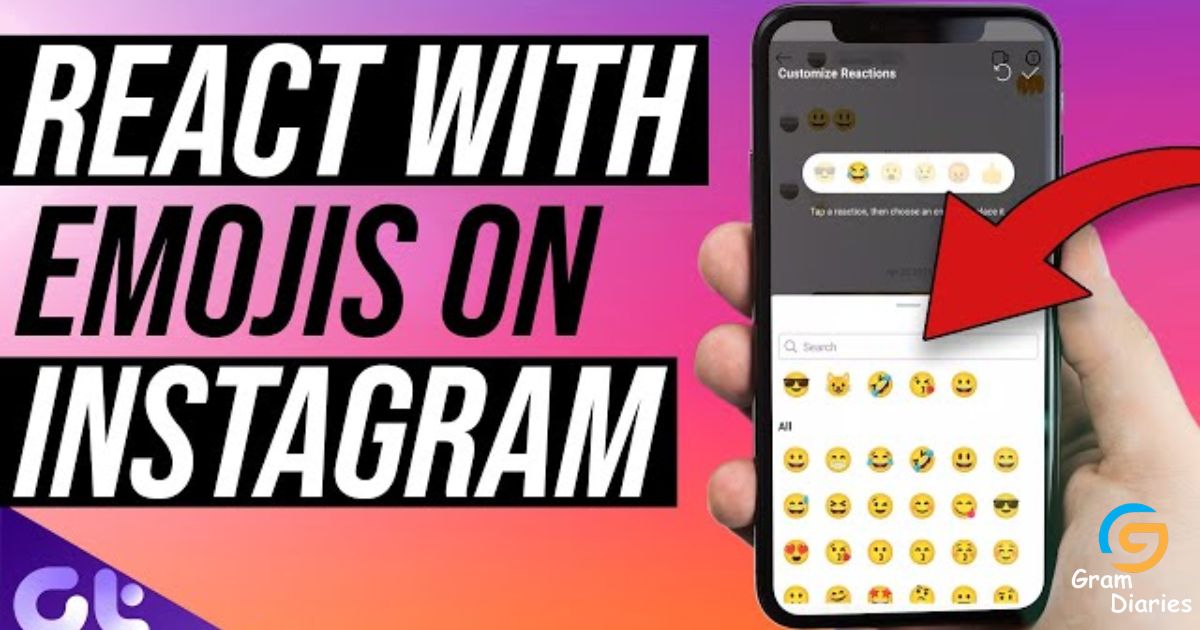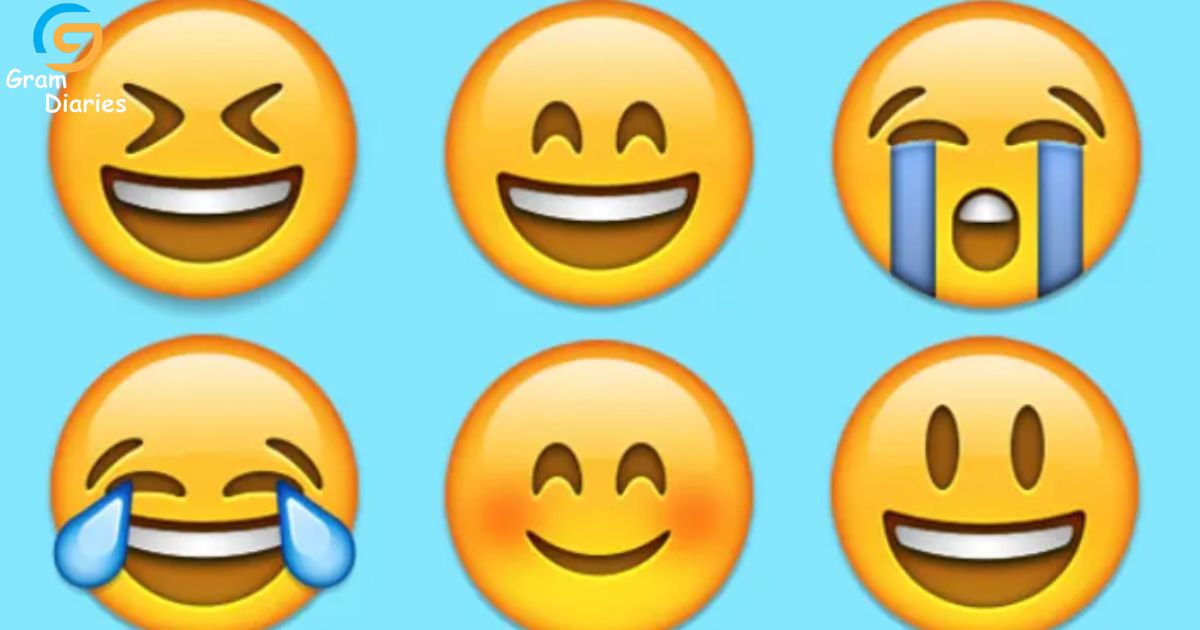In the ever-evolving world of social media, one peculiar phenomenon has left Instagram users questioning their ability to express amusement. The absence of a simple laugh reaction has sparked curiosity and frustration among avid users of the platform.
This article delves into the intricacies of Instagram’s decision to limit laugh reactions, analyzing the underlying psychology and exploring alternative ways to convey humor.
Stay tuned as we uncover the reasons behind this perplexing limitation, shedding light on the quest for belonging in the digital age.
Key Takeaways
- Instagram initially started with a simple ‘like’ button but later introduced additional reaction buttons to enhance the user experience and foster a sense of belonging.
- The absence of a laugh reaction on Instagram limits the expression of lightheartedness and humor, potentially maintaining a serious and curated environment.
- Laugh reactions allow users to express amusement, and understanding them sheds light on how users perceive humor and seek validation on social media.
- Instagram’s decision to restrict the use of the laugh react feature aims to create a safer and more positive environment, but questions arise about the impact on user engagement and freedom of expression.
The Evolution of Instagram Reactions
The evolution of Instagram reactions has led to an increase in user engagement and a more diverse range of emotional responses.
Instagram started with a simple ‘like’ button, which allowed users to express their approval or appreciation for a post. However, as the platform grew in popularity, it became apparent that users desired more options to convey their emotions.
In response, Instagram introduced additional reaction buttons, such as ‘love,’ ‘wow,’ ‘sad,’ and ‘angry.’ These reactions provide users with a wider range of emotional expression and allow them to engage with posts in a more meaningful way.
This evolution not only enhances user experience but also fosters a sense of belonging within the Instagram community by acknowledging and validating a broader spectrum of emotions.
Understanding the Purpose of Reactions on Social Media
Through analyzing user behavior and engagement patterns, researchers aim to gain a deeper understanding of the purpose behind reactions on social media platforms.
One reaction that has gained popularity on platforms like Facebook but is noticeably absent on Instagram is the ‘Laugh’ reaction. Instagram currently offers a range of reactions, including ‘Like,’ ‘Heart,’ and ‘Fire,’ but no option for expressing laughter. This has sparked discussions among users who wonder why this reaction is missing and what it signifies.
Some speculate that Instagram’s decision to omit the ‘Laugh’ reaction is to maintain a more serious and curated environment, focusing on visual content rather than textual interactions. Others argue that the absence of a ‘Laugh’ reaction limits the expression of lightheartedness and humor, potentially impacting the overall user experience.
Despite the ongoing debate, understanding the purpose behind reactions on social media platforms requires a comprehensive analysis of user behavior and engagement preferences.
Exploring the Psychology Behind Laugh Reactions
Researchers are interested in understanding users’ motivations and behaviors when it comes to their laugh reaction, as it provides valuable insights into the psychology behind humor and social media engagement.
Laugh reactions on social media platforms like Facebook have become increasingly popular, allowing users to express their amusement at funny posts or comments. The act of laughing and sharing humor is a fundamental aspect of human social interaction, and understanding why individuals choose to use laugh reactions can shed light on how they perceive humor and seek validation from their online community.
By analyzing the patterns and frequency of laugh reactions, researchers can gain a deeper understanding of the factors that contribute to social media engagement and the formation of online communities. This knowledge can help platform developers enhance user experience and strengthen the sense of belonging for their users.
Transitioning into the subsequent section about Instagram’s decision, it is important to consider the limitations and considerations behind their decision to not include a laugh reaction feature.
Instagram’s Decision: Limitations and Considerations
In light of recent developments, it is crucial to delve into the limitations and considerations surrounding Instagram’s decision to impose restrictions on certain features.
Instagram has recently announced that it will be restricting the use of the Laugh React feature, which allows users to react to posts with laughter. This decision is likely driven by concerns over the potential misuse of this feature, such as cyberbullying or the spread of inappropriate content.
By limiting the use of the Laugh React, Instagram aims to create a safer and more positive environment for its users. However, this decision also raises questions about the impact on user engagement and the freedom of expression on the platform.
Instagram needs to carefully balance the need for safety with the desire for user interaction and expression to ensure a positive user experience.
Alternatives to Laugh Reacting on Instagram
Several alternatives, such as the ‘Clap’ and ‘Heart’ reactions, provide users with alternative ways to express appreciation and engagement on Instagram. These alternatives have been introduced to cater to the diverse range of emotions and sentiments that users may want to convey when engaging with posts.
While the ‘Laugh’ reaction has been a popular choice on other platforms, its absence on Instagram can be attributed to the platform’s emphasis on maintaining a positive and supportive environment. Instagram aims to create a space where users feel safe and respected, and the absence of a ‘Laugh’ reaction helps in preventing potential instances of cyberbullying or insensitive behavior.
Frequently Asked Questions
How Do Instagram Reactions Affect the Overall User Experience on the Platform?
Instagram reactions play a crucial role in shaping the overall user experience on the platform. By providing users with a variety of emotional responses, these reactions enhance engagement, foster a sense of belonging, and facilitate social interaction among the community.
Can Using Laugh Reactions on Instagram Have Any Negative Consequences?
Using laugh reactions on Instagram can potentially have negative consequences. These consequences may include promoting cyberbullying, perpetuating insensitive or offensive content, and creating an environment where users feel discouraged from expressing their true emotions.
Are There Any Other Social Media Platforms That Offer Similar Reaction Features to Instagram?
There are several other social media platforms that offer similar reaction features to Instagram. These platforms provide users with a range of emoticons or symbols to express their feelings towards a post, fostering a sense of belonging and engagement within the online community.
What Were the Main Factors That Influenced Instagram’s Decision to Limit Laugh Reactions?
Instagram’s decision to limit laugh reactions may have been influenced by factors such as maintaining a positive and respectful online environment, reducing the potential for cyberbullying, and aligning with the platform’s overall content moderation strategy.
Are There Any Alternatives or Workarounds for Users Who Want to Express Laughter on Instagram in a Different Way?
Users who wish to express laughter on Instagram can utilize alternative methods such as commenting with emojis or using the “Haha” sticker in Stories. These options allow for creative and relatable ways to convey humor and engage with content.
Conclusion
In conclusion, the absence of the laugh reaction feature on Instagram highlights the platform’s evolving nature and the purpose of reactions on social media.
Instagram’s decision to limit reactions raises questions about the psychological implications of laughter and the potential impact on user interactions.
While alternatives to laugh reacting exist, the platform’s limitations and considerations demonstrate a nuanced approach to fostering meaningful engagement.
By understanding the complexities of reactions on Instagram, users can navigate the platform’s evolving features with greater insight and awareness.










